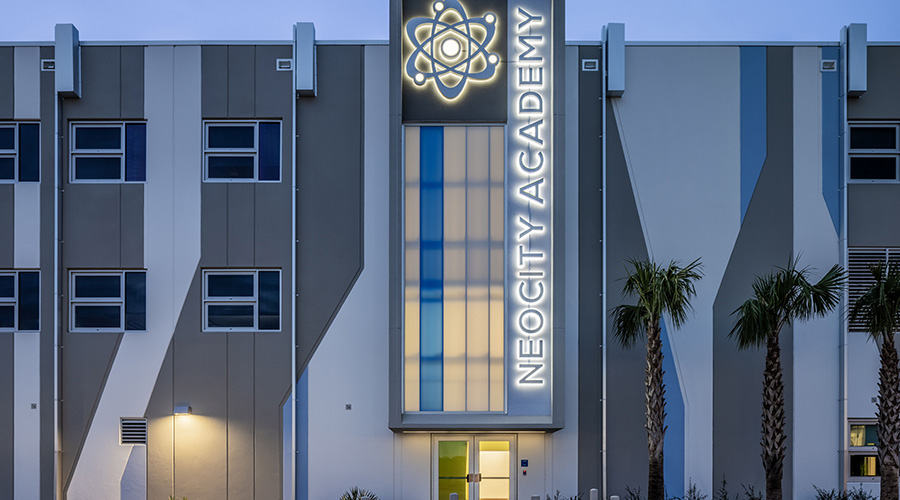ESPCs Are Critical Piece Of Efforts To Get Government Facilities To Net Zero
In December 2011, President Obama announced his Better Buildings Initiative — part of which was committing $4 billion to improvements to federal and private sector facilities. Of that, $2 billion would be required to come from the private sector (with work awarded by Dec. 31, 2013) in the form of ESPCs. This became known as the Presidential Performance Contracting Challenge. Then, in March 2012, GSA announced its National Deep Energy Retrofit Program — a continuation of what had previously been known as the Net Zero Renovation Challenge.
This initiative identifies 30 buildings comprising 17 million square feet for which it would award ESPCs for deep energy retrofits with the hope of cutting energy use by as much as 70 percent at each building. These buildings will be showcase buildings for what is possible with the ESPC mechanism. GSA and FEMP had designated 16 "Super Energy Service Companies" or "Super ESCOs" that are prequalified to complete government work. In September 2013, GSA awarded contracts to begin the deep retrofits.
The ESPC Momentum
ESPCs are not a new strategy for GSA, but never before have they been used on the scale planned for the next several years. From 1998 through 2011, GSA had participated in about $440 million in ESPCs total. So the $2 billion required to be invested by the end of this year nearly quadruples the amount of investment.
There are several reasons why GSA has identified ESPCs as major tool for deep energy reductions. One is simply that they help get the private sector involved. "The benefit of using ESCOs is that it's the government reaching out to the private sector, as opposed to the federal government trying to do energy efficiency on a large scale by itself," says Kent Peterson, vice president and chief engineer of P2S Engineering, a former president of ASHRAE, and a member of GSA's Green Building Advisory Committee. "Energy efficiency is the specific business of these ESCOs, so the government is able to leverage more energy retrofits than they could with a typical retrofit program."
Peterson says that in many cases these ESCOs are also managing the facilities on which they're performing improvements, so the ESCOs become a single source for all things sustainability at these facilities.
"ESCOs are one-stop shops," says Victor Olgyay, principal, buildings, Rocky Mountain Institute, and another member of GSA's Green Building Advisory Committee. "They integrate a variety of energy conservation measures, perform the analysis, secure financing, secure the results, perform the work. They reduce the hassle factor."
Olgyay, who participated in the 2011 charrette, says GSA and the ESCOs have engendered an environment of collaboration, which has allowed compromise on both sides. "It's come about as a combination of GSA demanding a higher level of performance while adjusting expectations for ROI, and also allowing the ESCO to use different techniques and technologies," he says.
This also means, though, that the ESCO has to be willing to be creative and innovative in what it proposes for the project. "The ESCO needs to work really hard with a more integrated approach and a more cross-system, in-depth analysis," says Olgyay. But, he says, that appears to be happening in recent years — there's more faith in ESCOs to deliver on promises. And that's another reason GSA is comfortable using ESPCs on such a large scale, he says.
And then there's the simple fact that ESPCs require no capital outlay by the owners. "Most government facilities are in a position that they don't have a lot of capital," says Olgyay. "ESPCs help overcome fiscal barriers."
Ultimately, though, the increased use of ESPCs can be directly attributed to the fact that they give GSA the best opportunity for the biggest increase in efficiency — and therefore, help approach its goal of zero environmental impact.
"ESPCs don't get us to net zero," says Olgyay. "But if you can get to that 60-70 percent improvement, then you're in the range where you can make up the rest with clean energy."
When the government builds new buildings, or does deep energy retrofits to existing ones, it's for long-term occupancy — 50 to 100 years, in most cases. So ROI can be a bit more fluid than it might be in the private sector.
"The federal government is unique in that it looks at long time horizons," says Melissa Gallagher-Rogers, director, technical solutions for the U.S. Green Building Council. "So it's willing to try technologies that may not pay back right away."
Peterson concurs: "GSA owns facilities forever. It can have extended payback levels, which can capture renewable energy, too. And so net-zero energy starts to look feasible."
Of course, for now, net zero energy and zero environmental footprint for all facilities — especially older and larger existing buildings — probably isn't possible. "There's nothing wrong with big, audacious goals," says Peterson. "But we're not going to meet all buildings at net zero right now."
But that's why BHAGs are in place — to move the needle, encourage collaboration and innovation today, and therefore establish the groundwork for meeting the goal in the future.
Related Topics:













